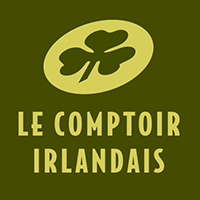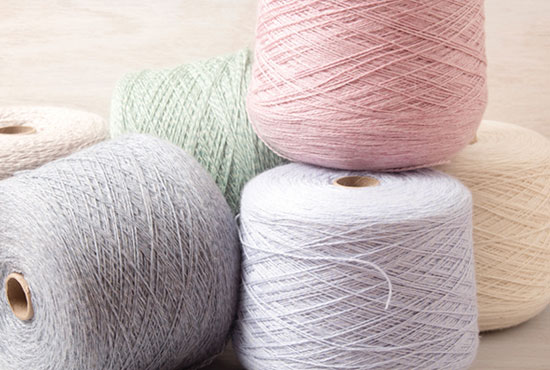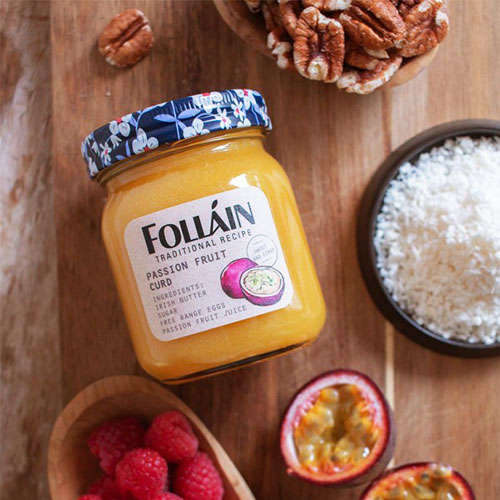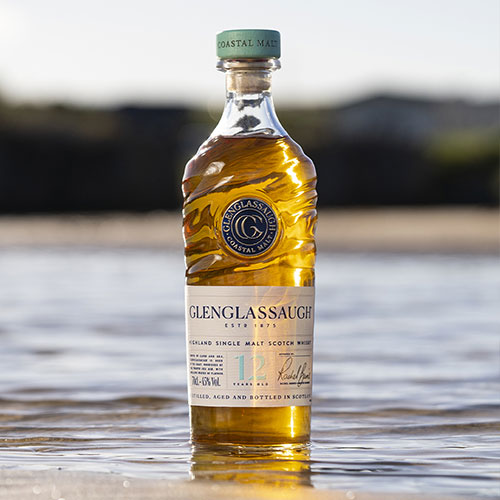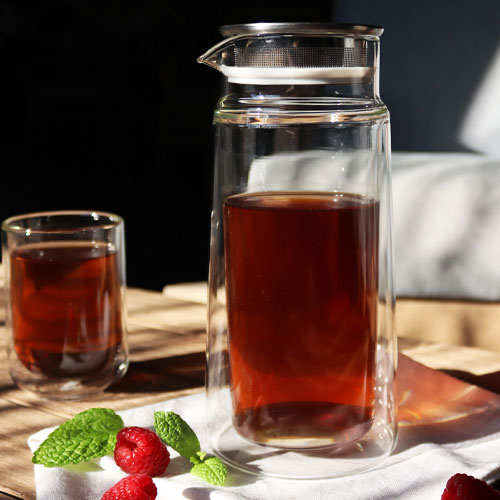TWEED

TWEED ORIGINS
Tweed is a strong and flexible fabric made from sheep's wool or merino wool, designed with a twill fabric, recognisable by its fine oblique stripes.
The term "tweed" is said to come from the Scottish word "tweel", for "sergé" in French, which was mispronounced by a British merchant and whose pronunciation "tweed" is said to have persisted over time.
One of the most famous types of tweed is Harris Tweed, typical of the "gentleman farmer" wardrobe, originally used as camouflage clothing during hunting.
So successful was it that it was the subject of an Act of Parliament in 1893 regulating its design: "Harris Tweed is a tweed which has been hand woven by islanders, in their own homes, within the very precise confines of the Outer Hebrides, and more specifically in the islands of Harris, Lewis, North Uist, Benbecula, South Uist and Barra. The tweed is made from pure new wool dyed and spun in the same region of Scotland."
And in the early 1900s, the Harris Tweed label was created to regulate the industry and certify its quality.
MANUFACTURING
The tweed is a fabric made from pure virgin sheep wool collected after their shearing.
The wool is then transported to the spinning mills where it is cleaned of all its impurities and foreign bodies and then dyed.
After drying, the wool is mixed, then carded and spun. The spun yarn is then ourdi, where the final pattern of the colors is prepared by winding the threads on large beams.
Finally, the tweed is woven and the latest finishes are brought.

ADVANTAGES OF TWEED
Thanks to its comfort and wind and moisture resistant qualities, tweed was widely used for outdoor activities such as fishing, hunting or walking in the countryside.
Today, tweed has become a true fashion statement winning the hearts of city dwellers and fashion lovers alike.
CARE OF TWEED
Tweed is a delicate fabric that requires careful care. It is advisable to have your tweed washed by a professional who can dry clean it.
If you want to wash your tweed at home, clean it by hand and avoid hot water. Use lukewarm water at the most and Marseille soap to remove stains.
Ironing can be done at a very low temperature and machine drying should be avoided.
